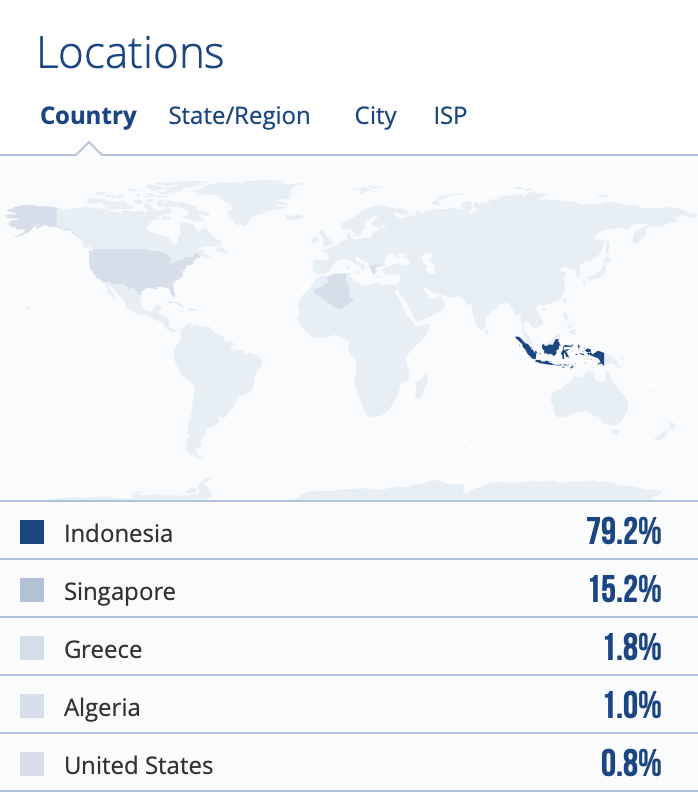Using Clock as an Instructional Media for Teaching Telling Time
DOI:
https://doi.org/10.31980/eealjournal.v8i1.2620Keywords:
Learning media, telling time, student interestAbstract
This research discusses the use of clocks as a learning medium in teaching time telling. The purpose of this article is to describe the use of clock media in Telling Time learning and to determine students' interest and enthusiasm in learning using learning media, namely clock media, in learning English clocks. The methodology used in this research uses a qualitative descriptive method; the research sample is students 8th grade at 6thstate junior high school in Panyabungan, North Sumatra. Data collection in this research was through observation, interviews, and was unstructured. Meanwhile, the results of interviews with grade 8 students revealed that they had never learned to use Learning Media in the Talking Time material, but they learned to tell time by understanding the contents of the textbook and listening to the teacher's explanation, without having to listen to the teacher's explanation. In short, it can be said that teaching using a learning environment in the learning process in class makes them more enthusiastic about learning and more interesting.References
Andriani, K. (2021). Development of Inspiring Based Learning Media. Indonesia: Universitas Negeri Medan.
Arsyad, A. 2009. Media pembelajaran Jakarta: Raja Grafindo Persada.
Al-Khanjari, Z., Al-Kindi, K., & Al-Zidi et all. (2014). M-Learning: The New Horizon of Learning at SQU. The Journal of Engineering Reseach, 11(2), 15–26.
Akrim. (2018). Media Learning in Digital Era. Indonesia: University of Muhammadiyah Sumatera Utara.
Branch, R. M. (2009). Instructional Design The ADDIE Aprproach. Spinger.
Brown, C., & Davis, M. (Year). "Using Interactive Apps to Teach Time-Telling Skills to Elementary Students." Journal of Educational Technology Research, 25(2), 150-165.
Branch Robert Maribe. (2009). Instructional Design:The ADDIE Approach. London: University of Georgia.
Bruner, J. S. (1966). Toward a theory of instruction. Harvard University Press.
Burny, E., Valcke, M., & Desoete, A. (2009). Teaching time in primary school: What do pupils learn from different instructional approaches? Educational Studies in Mathematics, 71(2), 149-167.
Carbonneau, K. J., Marley, S. C., & Seligman, M. E. P. (2013). A meta-analysis of the relationship between the use of manipulatives and student mathematics learning. Journal of Educational Psychology, 105(1), 120–138.
Clark, R. E. (1994). Media will never influence learning. Educational Technology Research and Development, 42(2), 21-29.
Chen, L., & Wang, H. (Year). "The Impact of Multimedia Presentations on Time-Telling Learning Outcomes in Primary Education." Educational Technology & Society, 18(4), 267-280.
Clements, D. H. (1999). Concrete manipulatives, concrete ideas. Contemporary Issues in Early Childhood, 1(1), 45-60.
Friedman, W. J. (2016). Children’s understanding of time. In L. B. Roberts & V. C. Harrod (Eds.), The child’s development of time: Concepts and implications (pp. 3–24). Springer International Publishing.
Hamalik, Oemar. 2010. Process of teaching learning. Jakarta: Bumi Aksara.
Hidi, S., & Renninger, K. A. (2006). The four-phase model of interest development. Educational Psychologist, 41(2), 111-127.
Horn, C., Schuster, J. W., & Collins, B. C. (2006). Use of response cards to teach telling time to students with moderate and severe disabilities. Education and Training in Developmental Disabilities, 382-391.
Kozma, R. B. (1994). Will media influence learning? Reframing the debate. Educational Technology Research and Development, 42(2), 7-19.
Mayer, R. E. (2009). Multimedia learning (2nd ed.). Cambridge University Press.
Mix, K. S., Huttenlocher, J., & Levine, S. C. (2016). Multiple pathways to early mathematical development. Early Childhood Research Quarterly, 36, 9-18.
Moleong, L. J. (2007). Research methodology Qualitative. Bandung: Teen PT
Rosdakarya.
Moyer-Packenham, P. S., & Westenskow, A. (2013). What counts as virtual manipulative mathematics? Interdisciplinary Journal of Problem-based Learning, 7(1), 9.
Norman, D. A. (2004). Emotional design: Why we love (or hate) everyday things. Basic Books.
Paivio, A. (2007). Mind and its evolution: A dual coding theoretical approach. Lawrence Erlbaum Associates Publishers.
Piaget, J. (1969). The child's conception of time. Routledge & Kegan Paul.
Puspitarini, Y. D., & Hanif, M. (2019). Using Learning Media to Increase Learning Motivation in Elementary School. Anatolian Journal of Education, 4(2), 53–60.
Renninger, K. A., & Hidi, S. (2016). Interest, learning, and development. In K. R. Wentzel (Ed.), Handbook of research on student engagement (pp. 145–172). Springer International Publishing.
Ryan, R. M., & Deci, E. L. (2017). Self-determination theory: Basic psychological needs in motivation, development, and wellness. Guilford Publications.
Risnaedi. (2001). Developing Students’ Speaking Ability. Journal of SMPN 17, 56–58
Sadiman, A.S., et al. (2012).Media education: understanding, development and its use. Jakarta : PT Raja Grafindo Persada.
Sinclair, N., & Jackiw, N. (2015). Dynamic geometry as a bridge between the physical and the virtual. ZDM Mathematics Education, 47(1), 119-129.
Smaldino, S. E., Lowther, D. L., & Russell, J. D. (2008). Instructional technology and media for learning. Upper Saddle River, NJ: Pearson.
Webb, S. A. K. (2016). Effects of video modeling with system of least prompt to teach telling time.
Wang, Y., & Liu, H. (Year). "Utilizing Augmented Reality in Teaching Time-Telling Skills to Children." Innovations in Education and Teaching International, 35(3), 320-335.
Downloads
Published
How to Cite
Issue
Section
License
Copyright (c) 2025 English Education and Applied Linguistics Journal (EEAL Journal)

This work is licensed under a Creative Commons Attribution-NonCommercial-ShareAlike 4.0 International License.






